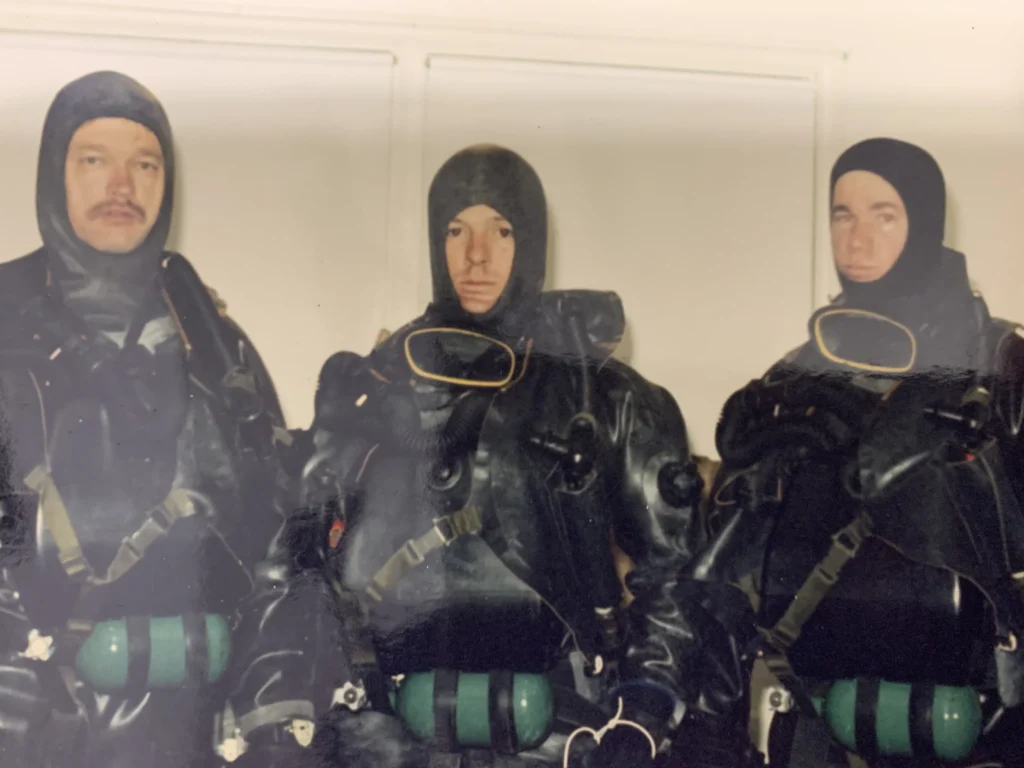United States Code 101: What do all these Titles mean?
- By Sandboxx
Share This Article

Everything we do as a nation is based on some sort of legal platform, legal perception, or actual law. And in warfare – being an extension of politics – this is especially true. From U.S. foreign relations, to intelligence activity, to all the fuzzy low intensity stuff (Information Operations, Foreign Internal Defense, etc.) — between that stuff and actual visceral kinetic combat, the rule of law dictates every Rule Of Engagement and Course Of Action. (Or should.)
Even down at the maneuver level, Operational Law is a thing. And you can bet your bottom dollar that the average combat commander is accessing his JAG officers in a completely different way than you saw in “A Few Good Men.” Some of you may have even been around for more than one Law of Land Warfare brief, and/or had to sign a phonebook-thick stack of legal stuff before you went out and did whatever it was you went out and did for the mil.
Well, the good news here is that we aren’t digging into those weeds this go-round. We’re only going to KISS (Keep It Simple, Stupid) this subject and cover the bare bones of what each relevant Title of the U.S. Code covers and what it means. So next time you hear or read about ‘Title 10 this’ or ‘Title 32 that’ you can have some relative idea about what someone just said.

In physical form, this stuff looks like an old-school set of encyclopediae. Best avoided unless you have insomnia, or have found yourself on either end of mil/gov legal action. It is officially known as the Code of Laws of the United States, and it’s sometimes abbreviated as U.S.C. It contains all of the general federal statutes, compiled in 54 Titles, and is published every six years by the Office of the Law Revision Counsel of the House of Representatives, and the Government Printing Office. Updates are repubbed annually. Don’t worry, we’re not covering all 54 of these suckers. I said “relevant” … which most of this stuff absolutely is not.We’ll hit each numerically.
TITLE 5
This is what we call the “khakis and polos” Title. It outlines the role of government organization and employees (civil servants). It also decides which Mondays you’ll be off for those ever popular Federal Holidays. Title 5 falls in three parts:
- The Agencies Generally
- Civil Service Functions and Responsibilities
- Employees (Which is further broken down into chapters covering pay scales and schedules, work hours and days, and holidays.)
So, for this site’s context, this Title covers Civil Service and Civil Servants. Some of which are working in or with military units, at home and while deployed.
TITLE 6

Domestic Security; the Tacticool Title. This Title breaks down into six chapters:
- Homeland Security Organization
- National Emergency Management
- Security and Accountability for Every Port
- Transportation Security
- Border Infrastructure and Technology Modernization
- Cybersecurity
So … this Title is relevant since most of its covered agencies have managed to inconvenience/enrage more U.S.Citizens than any other Title. (Just joking.)
TITLE 10

Armed Forces. The single most relevant Title on this list, with regards to what we cover on this site. Title 10 covers the roles, responsibilities, and organization of the Department of Defense, as well as each of the individual services.
There are five Subtitles:
A – General Military Law, and UCMJ (All service members love this one!)
B – Army
C – Navy and USMC
D – USAF
E – Reserve Component (but not National Guard; see below)
When anyone in uniform goes anywhere or does anything that falls under the legalities of “war stuff” or “contingency stuff” — when they “deploy” or “activate” — they fall under Title 10. All active duty units fall under this Title.
TITLE 14

Coasties. Covers the roles and responsibilities of the United States Coast Guard. Breaks down into four Subtitles:
I – Establishment, Powers, Duties, and Administration
II – Personnel
III — Coast Guard Reserve and Auxiliary
IV — Coast Guard Authorizations and Reports to Congress
This is why people don’t call them Armed Forces. They are armed, and technically a force … but they don’t fall under Title 10. (There are exceptions to this, with lots of attached legal paperwork. Actually, there are exceptions to ALL of this. But that’s not my lane with this article.)
TITLE 22

Foreign Relations and Intercourse. Some of that “fuzzy stuff” I mentioned above (IO, FID, etc.) falls squarely into this Title. This Title hashes out the role of foreign relations, partnerships, assistance, etc.
There are 106 Chapters to this Title. And I am not going to list them all. Most of them are not at all relevant here (like Chapter 86 itself — real scorcher). So, I’ll hit some of the highlights, and you peppy readers can go out and clock them all.
- Chapter 6 – Foreign Diplomatic and Consular Officers (and people *acting* like said Officers)
- Chapter 11 – Foreign Agents and Propaganda
- Chapters 14 and 14a – Foreign Service and Foreign Service Information Officers Corps
- Chapter 38 – Department of State
- Chapter 58 – Diplomatic Security
- Chapter 78 – Trafficking Victims Protection
- A whole slew of region or topic specific Chapters.
TITLE 32

Ah … the ol’ Weekend Warrior Title. Covers the roles and responsibilities of the National Guard. This one breaks down into several Chapters. Here are the good ones:
1 – National Guard Bureau Organization
3 – Personnel
5 – Training
9 – Homeland Defense Activities
Note here that when a Guardsman deploys or activates in any capacity for war or contingency, that Guardsman shifts from Title 32 to Title 10. (That right there falls under the “exceptions” I mentioned above.)
TITLE 50
The Sneaks and Freaks Title. Covers the roles and responsibilities of War and National Defense in the prosecution of U.S. National Policy Objectives. Contains 58 Chapters. Most of them are pretty cool. A few are typical bureaucratic boredom. Others … well, others are like Chapter 7 – Interference With Homing Pigeons Owned by United States. Yeah.
High points for relevance here:
Chapter 4 – Espionage
Chapter 4b – Disclosure of Classified Information
Chapter 13 – Insurrection
Chapter 15 – National Security
Chapter 23 – Internal Security (You should probably recognize here that there is a legal differencebetween this and the stuff covered in Title 6…)
Chapter 29 – National Defence Contracts
Chapter 36 – Foreign Intelligence Surveillance
Chapter 39 – Spoils of War
Lotta good stuff in this Title. You should check it out.
—
So. That was a crash course in this stuff. Like I said, the actual Code is volumeS in length. And all very exciting. For example, although I wouldn’t typically advise it, one might be inclined to mix the subject matter of Title 27 with the subject matter listed in Title 33. Very common practice where I grew up. Fun for all!
As always, I aim to inform and entertain. The more you know, the less you carry. Enjoy.
Related Posts
Sandboxx News Merch
-

‘AirPower’ Classic Hoodie
$46.00 – $48.00 Select options This product has multiple variants. The options may be chosen on the product page -

‘Kinetic Diplomacy’ Bumper Sticker (Black)
$8.00 Add to cart -

‘Sandboxx News’ Trucker Cap
$27.00 Select options This product has multiple variants. The options may be chosen on the product page

Sandboxx
The editorial team at Sandboxx.
Related to: Military Affairs

Martha Gellhorn: The only woman present on D-Day

The gravity of the situation: How to fly a fighter upside down

Airborne adventures with a Green Beret Combat Dive Team

Legendary US Army Ranger William ‘Doc’ Donovan achieves very rare special operations honor
Sandboxx News
-

‘Sandboxx News’ Trucker Cap
$27.00 Select options This product has multiple variants. The options may be chosen on the product page -

‘AirPower’ Classic Hoodie
$46.00 – $48.00 Select options This product has multiple variants. The options may be chosen on the product page -

‘AirPower’ Golf Rope Hat
$31.00 Select options This product has multiple variants. The options may be chosen on the product page -

‘Sandboxx News’ Dad Hat
$27.00 Select options This product has multiple variants. The options may be chosen on the product page
